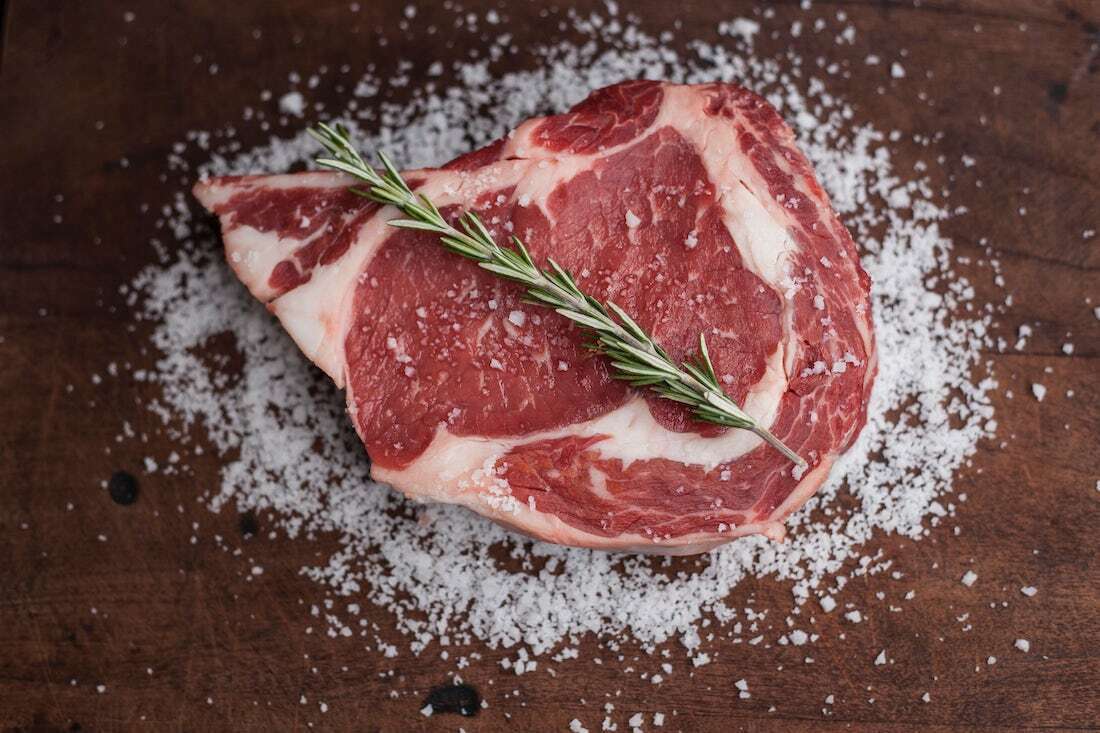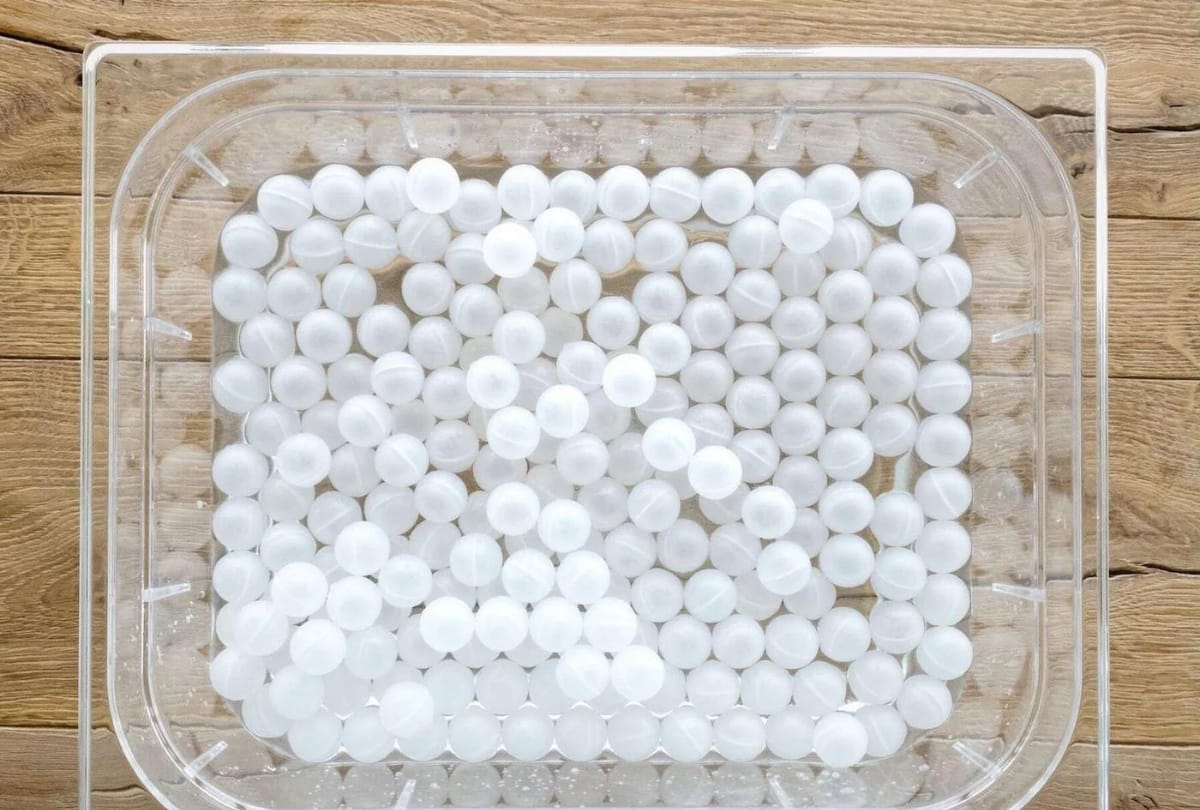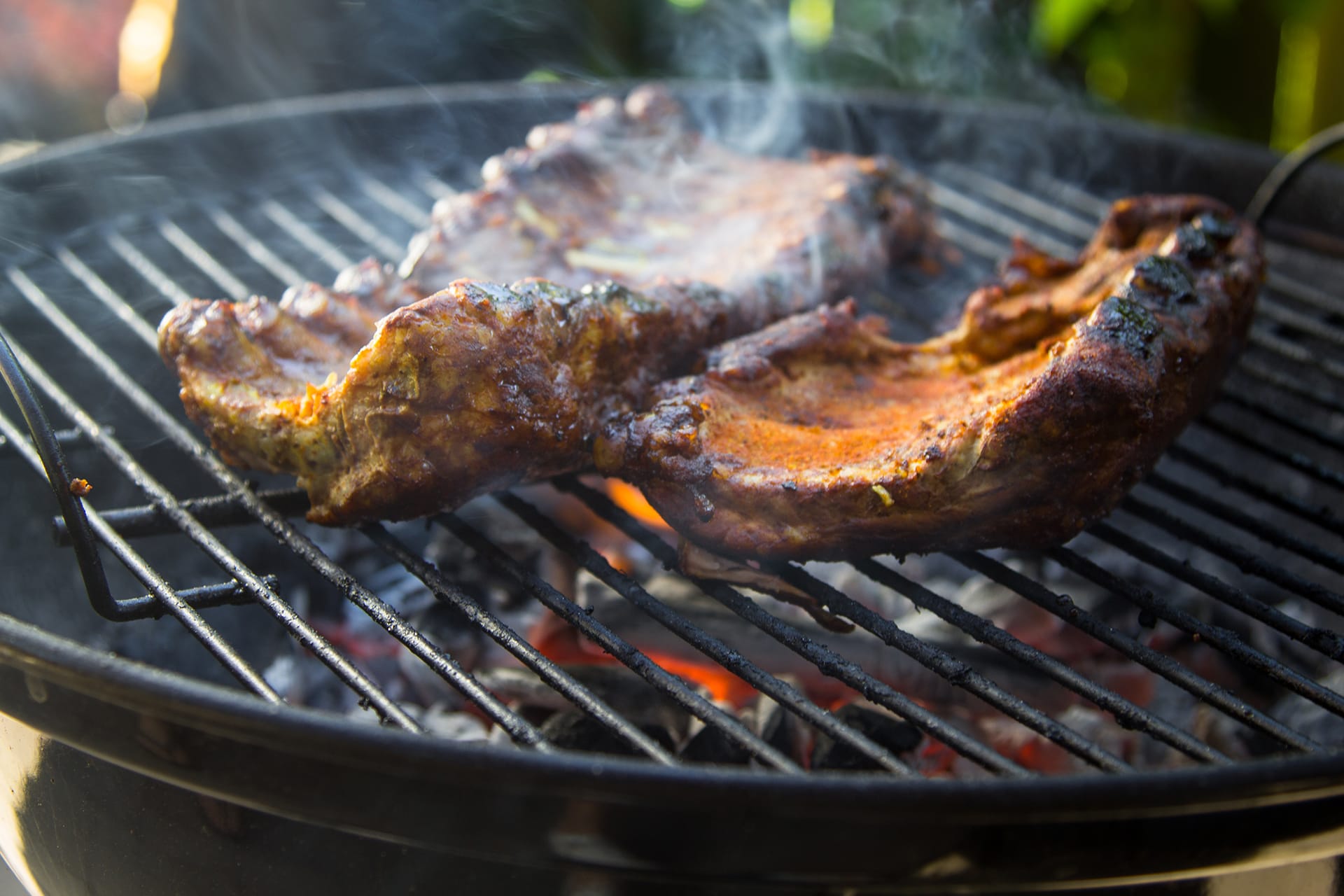Sous vide is a cooking technique that can help any (home) chef achieve the perfect end result every time. Sous vide allows you to ensure that the core of that beautiful piece of meat reaches the correct internal temperature, without overcooking the exterior. The result of sous vide: a perfectly cooked, tender piece of meat every time.
Did you know that cooling your meat in the sauce after cooking often achieves an even better result? It might seem counterintuitive to cool your dish immediately after sous vide cooking. In this blog post, we'll explain why cooling your sous vide preparation is a good idea, and we'll also explain the best way to cool it.
[product=sous-vide-complete-package]
The sous vide complete package is perfect for those who want to start sous vide cooking at home.
[/product]
Cooling your sous vide dish
Why would you cook meat sous vide first, cool it down, and then reheat it? You may know that it's common practice in professional kitchens to prepare all dishes as much as possible in advance. There's even a term for it: mise en place. There are also several good reasons why it can be beneficial for you as a home cook to cool down your sous vide-cooked products.
Some meats require longer cooking in the sous vide than strictly necessary to reach the correct core temperature. Oxtail, flank steak, and steak. They're all beautiful, but also "difficult" cuts. Cooking too quickly definitely detracts from the flavor, and that's where sous vide comes in and can offer the perfect solution. With the right amount of time in the sous vide, even these challenging cuts can ultimately become incredibly tender.
You can read about how long meat should cook sous vide in our other blog post about making the perfect steak, but for certain cuts of meat, like lamb shoulder or pulled pork , you'll only achieve the best results after a few days in the sous vide bath. Only then will the meat have the texture and tenderness you want with sous vide.
Although sous vide is very convenient, as you as a chef only have to do very little, it is of course not really practical or economical to use the sous vide for a long time for just one or two portions.
If you cool the meat immediately after cooking – and freeze it afterwards, if desired – you only need to reheat it sous vide before serving. This way, if you're cooking multiple portions at once, you'll save a lot of time and energy next time.
There's another important reason to cool your dish immediately. Thin meat, about two centimeters thick, that hasn't been cooked sous vide, normally reaches the required core temperature in just a few minutes of pan-frying. If you were to put the meat straight from the sous vide into the pan, with the core already at temperature, the outside would be significantly overcooked during the final cooking, and the inside could also quickly overcook. It would be a waste of all the effort you put into getting your steak perfect.
By cooling the thinner meat before frying, you can give the outside of the meat a nice crust in the pan, while the inside can also slowly come to serving temperature during frying.
The benefits of cooling when cooking sous vide
Chilling your sous vide dishes offers several advantages for you as a home chef, which we'll briefly summarize:
| Time saving | You'll save time by making multiple portions ahead of time. These can be stored in the refrigerator or frozen if desired. |
| Cheaper | You ultimately use less energy because the prepared portions only need to be reheated sous vide, not fully cooked. This means the dishes don't need to stay in the sous vide for as long, so you use less energy and save money. |
| Better results | With thin meat, cooling it down gives you better control over the core temperature, giving you more control over the final result. After cooling down, you can briefly sear the meat in a pan for the Maillard reaction or use a kitchen torch to create a nice crispy crust. This also brings the core of the meat back up to serving temperature. |
How should you cool down?
Proper cooling is crucial. By cooling the product correctly, you prevent harmful bacteria from developing. This allows you to store the product longer, but even more importantly, by cooling properly, you prevent nasty food poisoning.
The most important thing is that cooling happens quickly. Bring the core temperature down to 5 degrees Celsius or even lower in less than two hours.
In professional kitchens, a special blast chiller is used to quickly bring a dish to a lower temperature. As a home chef, such a device is generally not part of your kitchen equipment. Therefore, you'll need to quickly cool your dish down using a different method. Because your sous vide dish is already vacuum-sealed, you can use cold water to cool it down.
- Cooling thin meat: You can perfectly cool thinner cuts of meat in cold tap water. Place the vacuum bag directly from the sous vide in a sink filled with cold water until the meat has cooled sufficiently.
- Cooling thicker meat: For thicker cuts of meat, you'll need plenty of ice cubes in addition to the cold water to keep the water temperature low. A large piece of sous vide-cooked meat is still warm and will heat the water very quickly. The ice water helps bring the (core) temperature of the meat down as quickly as possible.
Cooling in the refrigerator: don't do it
Chilling a dish or preparation in the refrigerator is definitely not recommended. Putting a warm dish in the refrigerator warms it up, which definitely won't improve the shelf life of the other products inside. Therefore, always cool the dish as described above and back down to 5 degrees Celsius as quickly as possible.
The added value
While it might seem counterintuitive, chilling your food often offers significant added value. By quickly cooling, you can eat it later or freeze it, saving you time in the kitchen, as well as sous vide cooking time. The energy savings are a welcome bonus.
Cooling it down also prevents thinner meat from overcooking during cooking. Overcooking meat is, of course, a waste of your time and isn't the reason you chose sous vide cooking in the first place.
So, recooling isn't something you should only find in professional kitchens. By cooling properly, you, as a home chef, can also benefit even more from all the advantages of sous vide cooking .



2 comments
yu-givan@hotmail.com
Hi Ineke, dat is afhankelijk van de dikte en temperatuur die je instelt. Je kunt het beste zelf even experimenteren voor een optimaal resultaat.
inekeschoonen@gmail.com
Wanneer een biefstuk wordt teruggekoeld, (ingevroren) hoe lang moet deze daarna weer in de sous vide?
Leave a comment
This site is protected by hCaptcha and the hCaptcha Privacy Policy and Terms of Service apply.